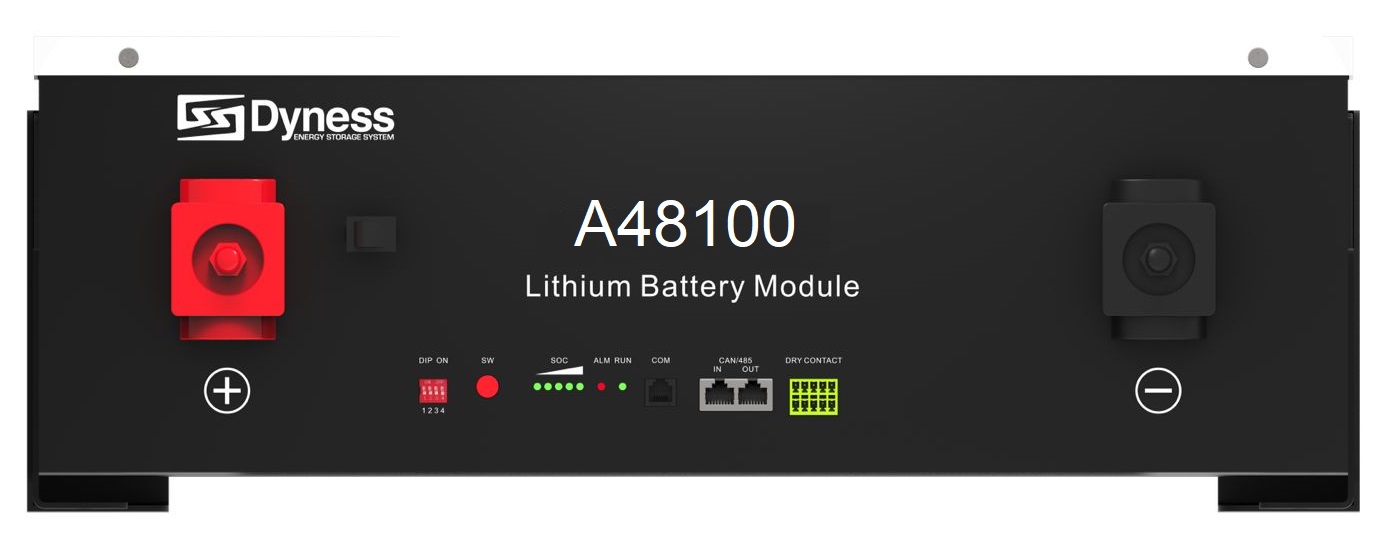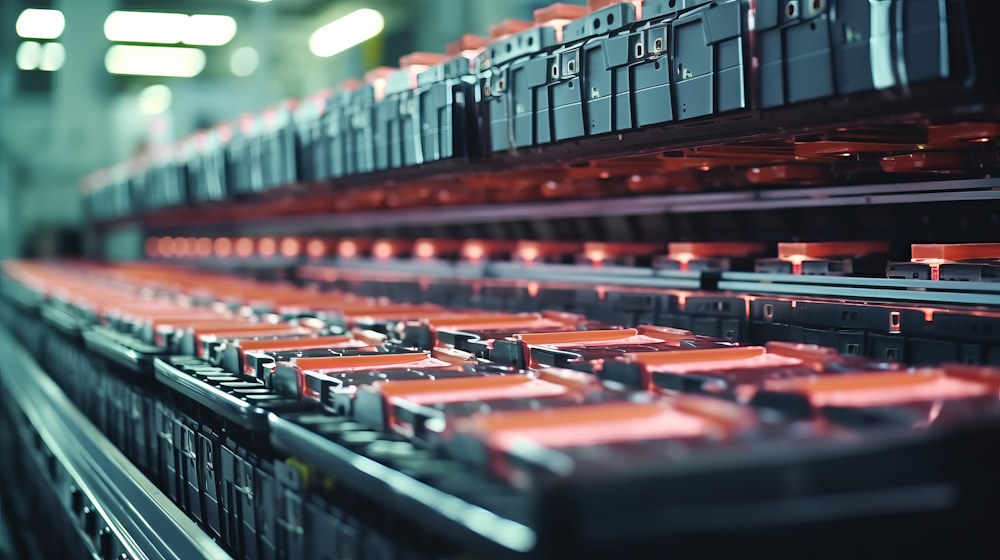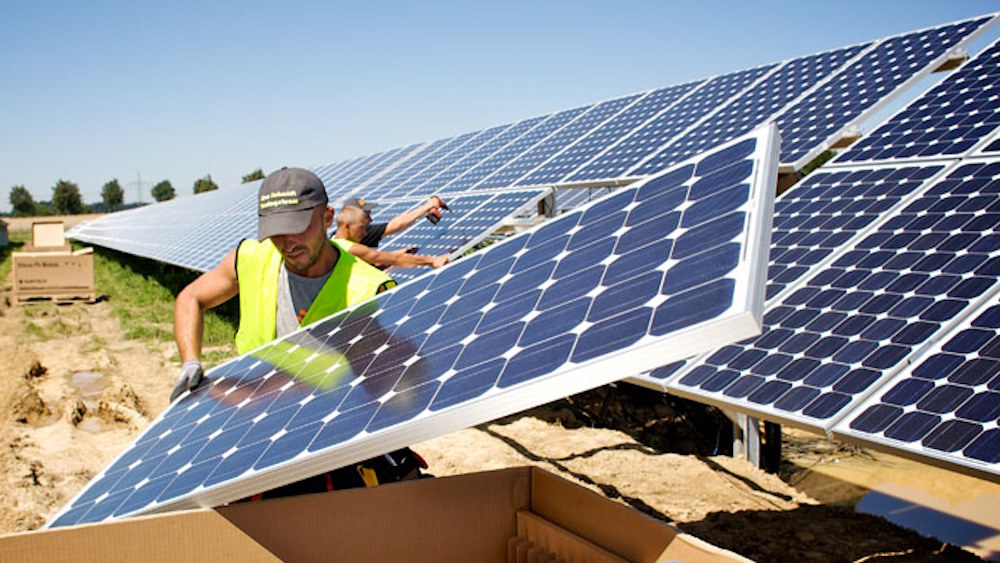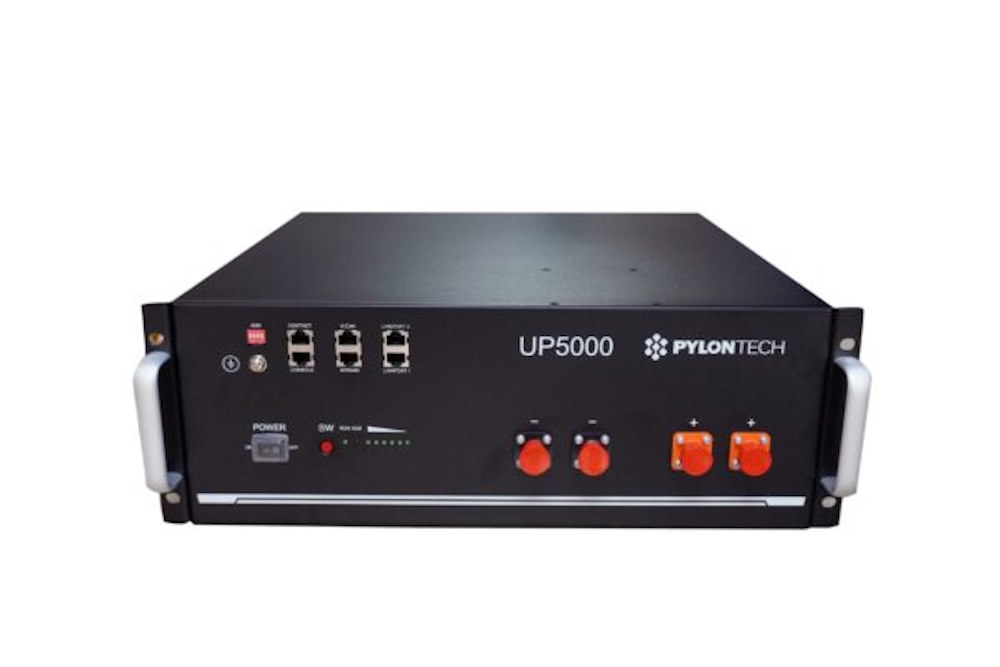Introduction
In recent years, solar energy has gained significant traction as a clean and sustainable alternative to traditional power sources. One of the key considerations for individuals and businesses looking to harness the power of the sun is the cost of solar panels. In this article, we’ll delve into the factors that influence solar panel costs, trends in the industry, and important considerations for those contemplating a switch to solar energy.
Factors Influencing Solar Panel Costs
- Type and Efficiency of Panels: The solar panel market offers various types, including monocrystalline, polycrystalline, and thin-film panels, each with different efficiency levels. Generally, higher efficiency panels tend to cost more upfront but can offer better long-term returns due to their enhanced energy production.
- Installation Costs: Installation costs encompass labor, mounting hardware, inverters, and other components necessary for a solar energy system. Factors such as roof complexity, system size, and local labor rates can influence installation expenses. In some cases, installation costs may even surpass the cost of the panels themselves.
- Location: Solar panel costs can vary based on geographic location due to factors like sunlight intensity, climate conditions, and local regulations. Areas with abundant sunlight and favorable policies may experience lower overall costs.
- Government Incentives: Governments often provide incentives, rebates, and tax credits to promote the adoption of solar energy. These incentives can significantly offset the upfront costs, making solar installations more financially viable.
- Economies of Scale: Larger solar installations, such as those for commercial or utility-scale projects, can benefit from economies of scale. Bulk purchasing and streamlined installation processes can lead to lower per-unit costs.
Trends in Solar Panel Costs
- Declining Costs Over Time: The solar industry has witnessed a consistent decline in costs over the past decade. Technological advancements, increased manufacturing efficiency, and growing competition among suppliers contribute to this trend.
- Rise of Energy Storage: With the integration of energy storage solutions like batteries, solar panel systems can store excess energy for later use. While this adds to the overall cost, it provides greater energy independence and resilience, making it a worthwhile investment for some consumers.
- Innovations in Panel Design: Ongoing research and development efforts focus on improving the design and efficiency of solar panels. Innovations, such as bifacial panels and transparent solar cells, may impact costs and energy production in the future.
Considerations for Potential Solar Adopters
- Total Cost of Ownership: Instead of solely focusing on upfront costs, it’s essential to consider the total cost of ownership, factoring in long-term energy savings and potential incentives.
- Financing Options: Various financing options, including solar loans, leases, and power purchase agreements (PPAs), can make solar installations more accessible to a broader range of consumers.
- Return on Investment (ROI): Assessing the ROI of a solar energy system involves calculating energy savings over time and comparing it to the initial investment. This analysis helps determine the financial viability of the project.
Conclusion
As solar technology continues to advance and costs decline, the transition to solar energy becomes increasingly attractive for both residential and commercial consumers. Understanding the factors influencing solar panel costs, staying informed about industry trends, and considering individual circumstances are crucial steps toward making informed decisions about adopting solar power. As the world moves towards sustainable energy solutions, the investment in solar panels not only contributes to a greener future but also offers long-term economic benefits.




